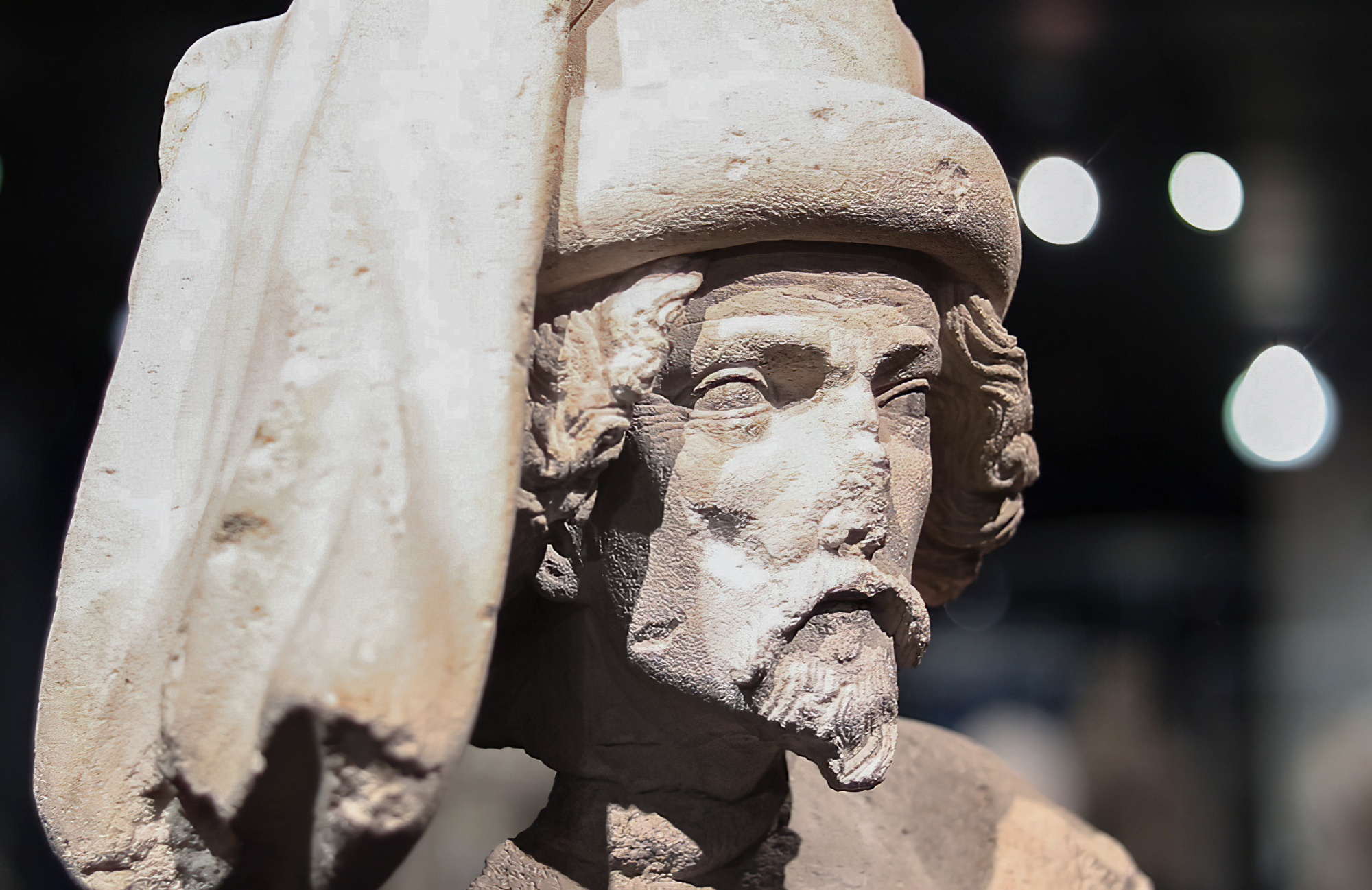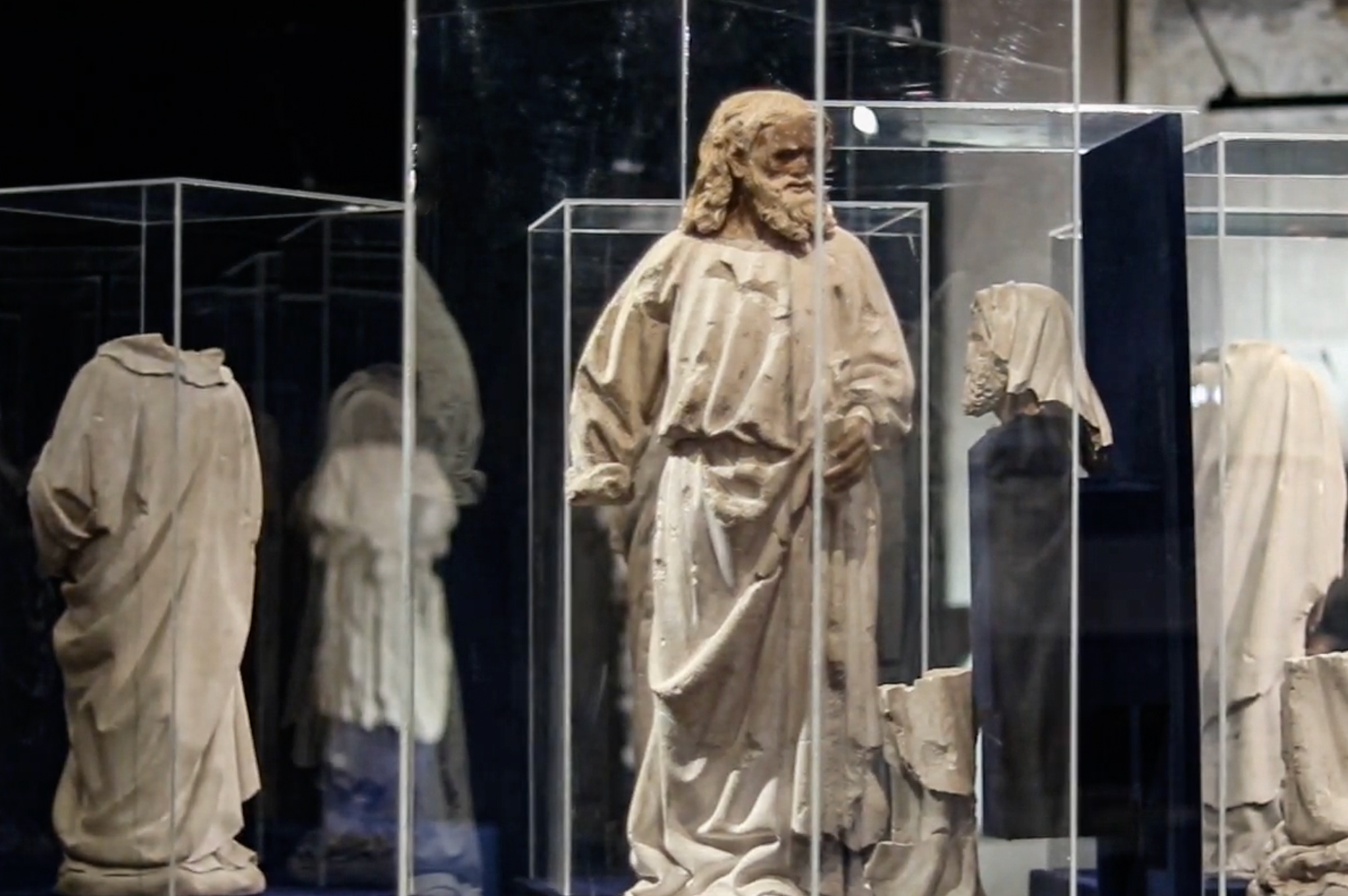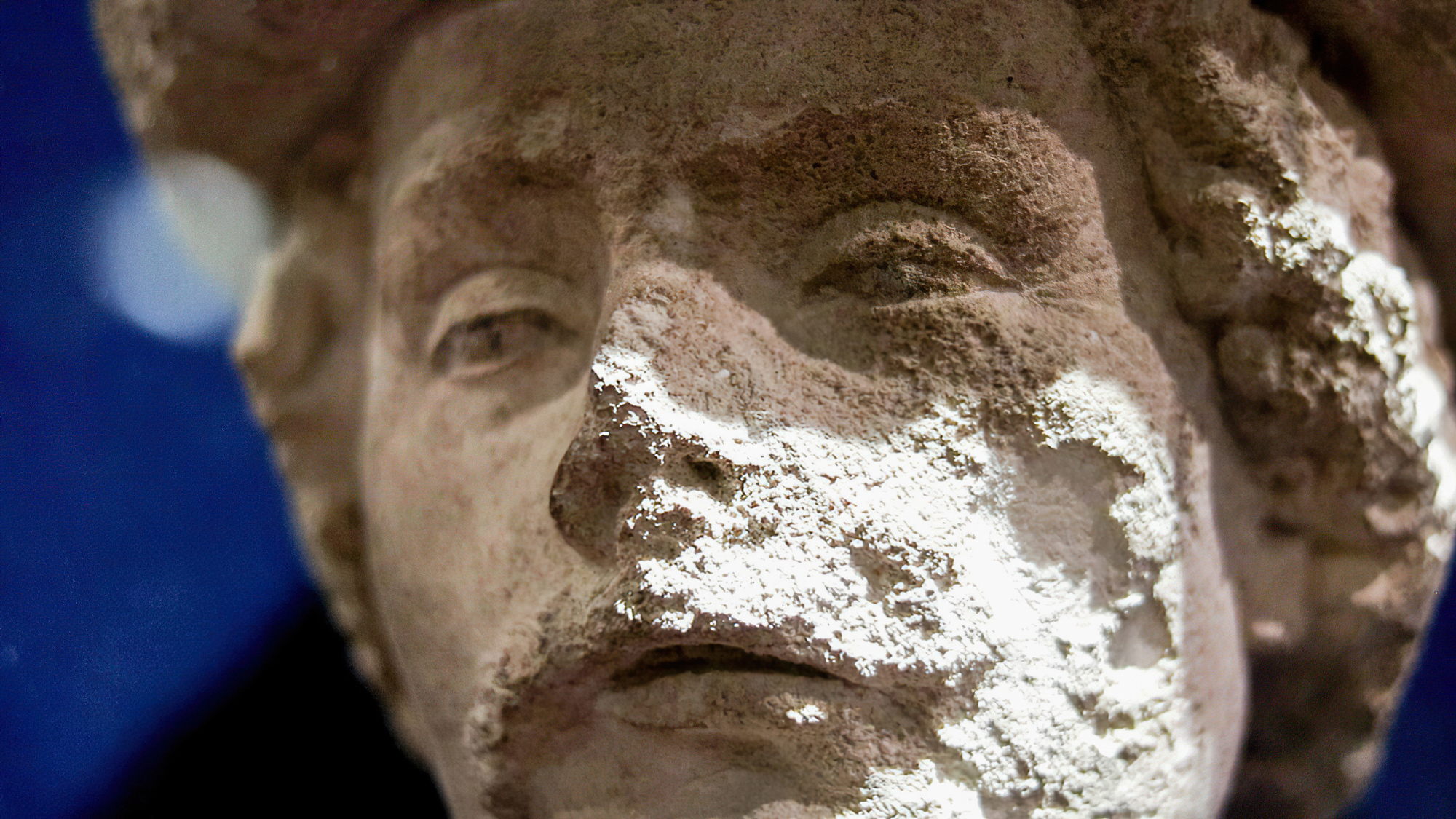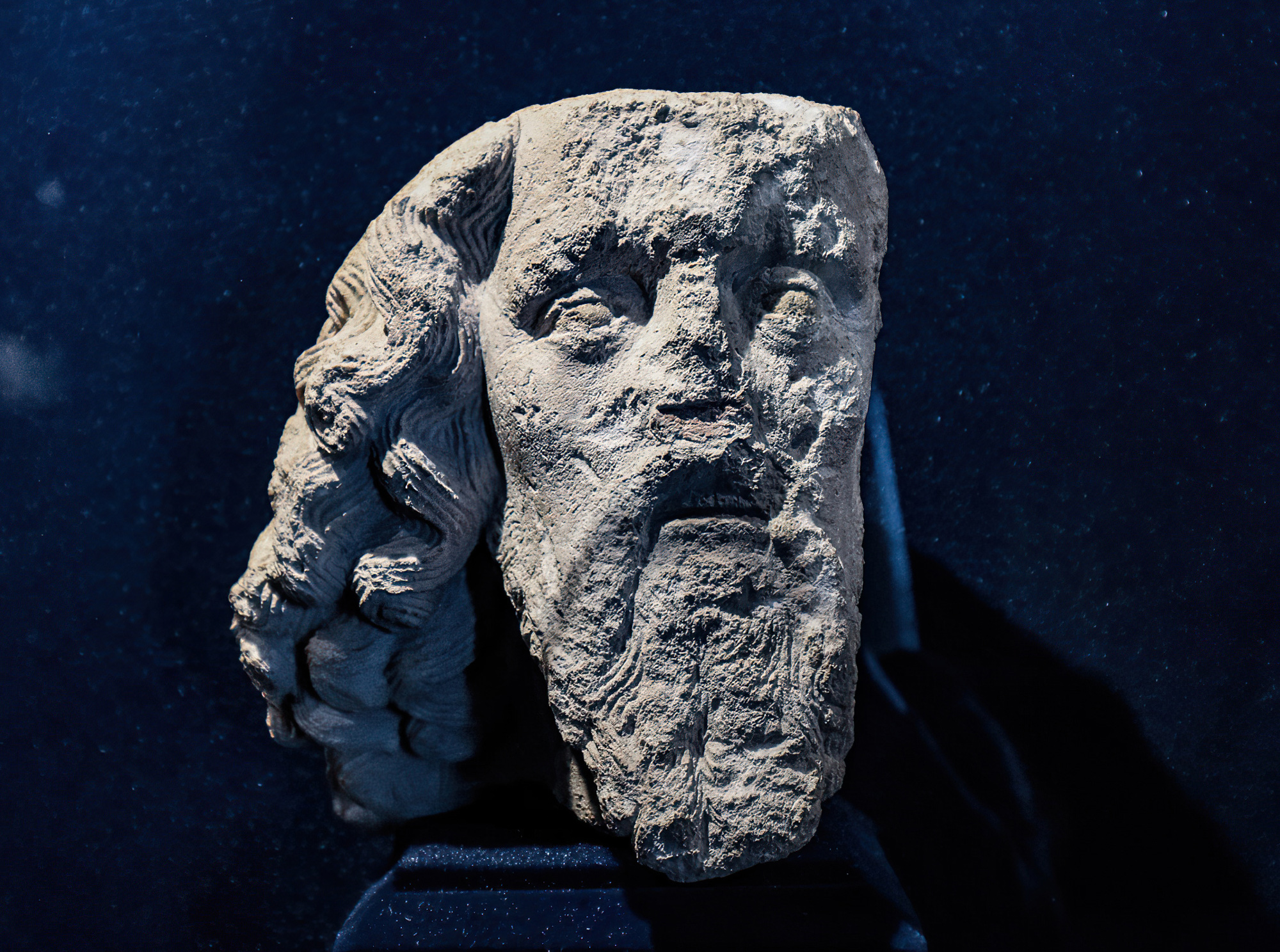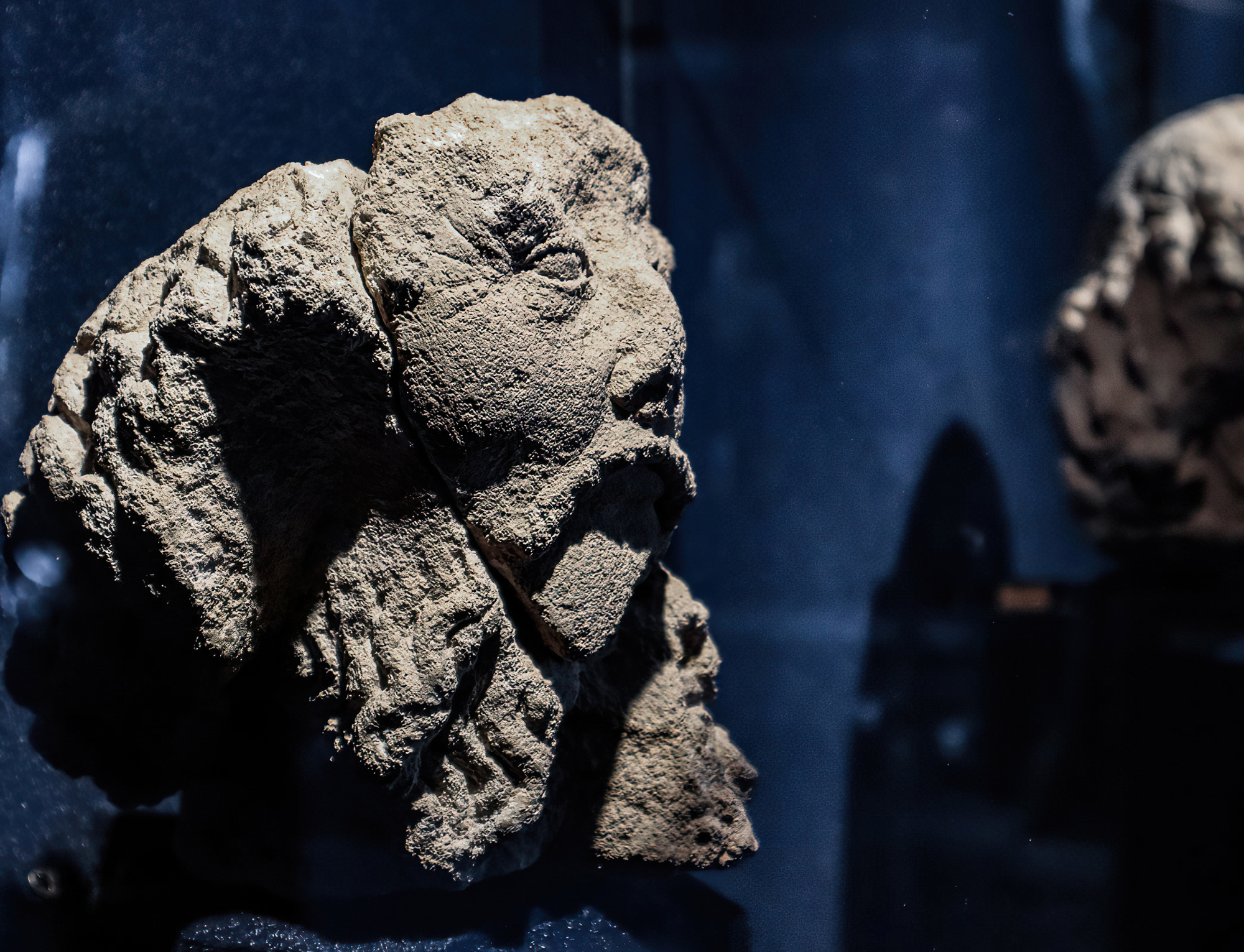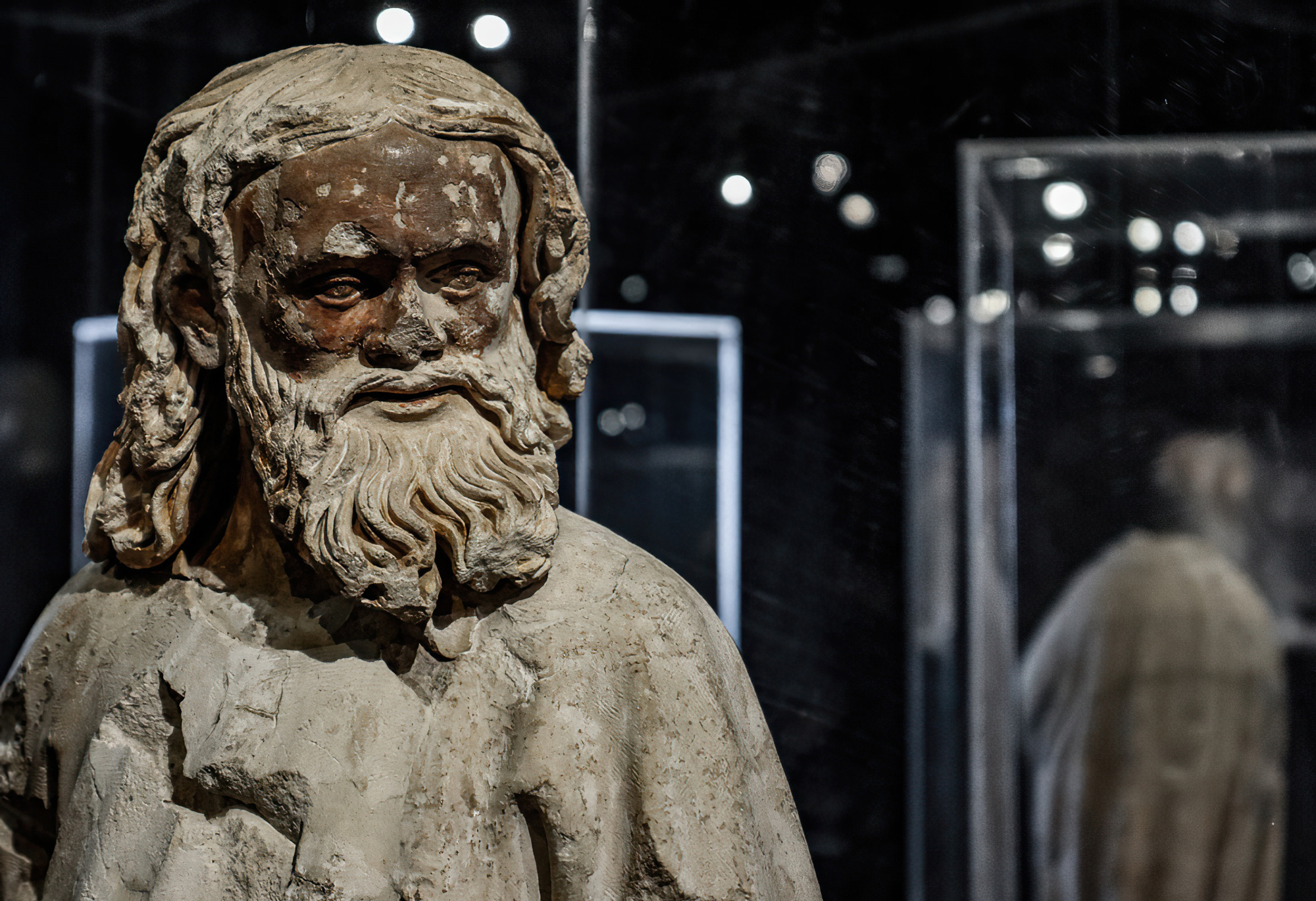In 1974, a Gothic sculpture fragment, consisting of more than sixty composable sculptural torsos and thousands of smaller and larger fragments, was unearthed in a sealed cellar of the bourgeois houses in front of the royal palace, these findings have fundamentally expanded our knowledge of the court art of King Sigismund’s time. The sculptures, some of which are painted and depict both religious and secular subjects, are the work of first-rate masters from various regions of Europe, and many of them were unearthed unfinished after the sculpture workshop disintegrated, under circumstances that remain unclear.
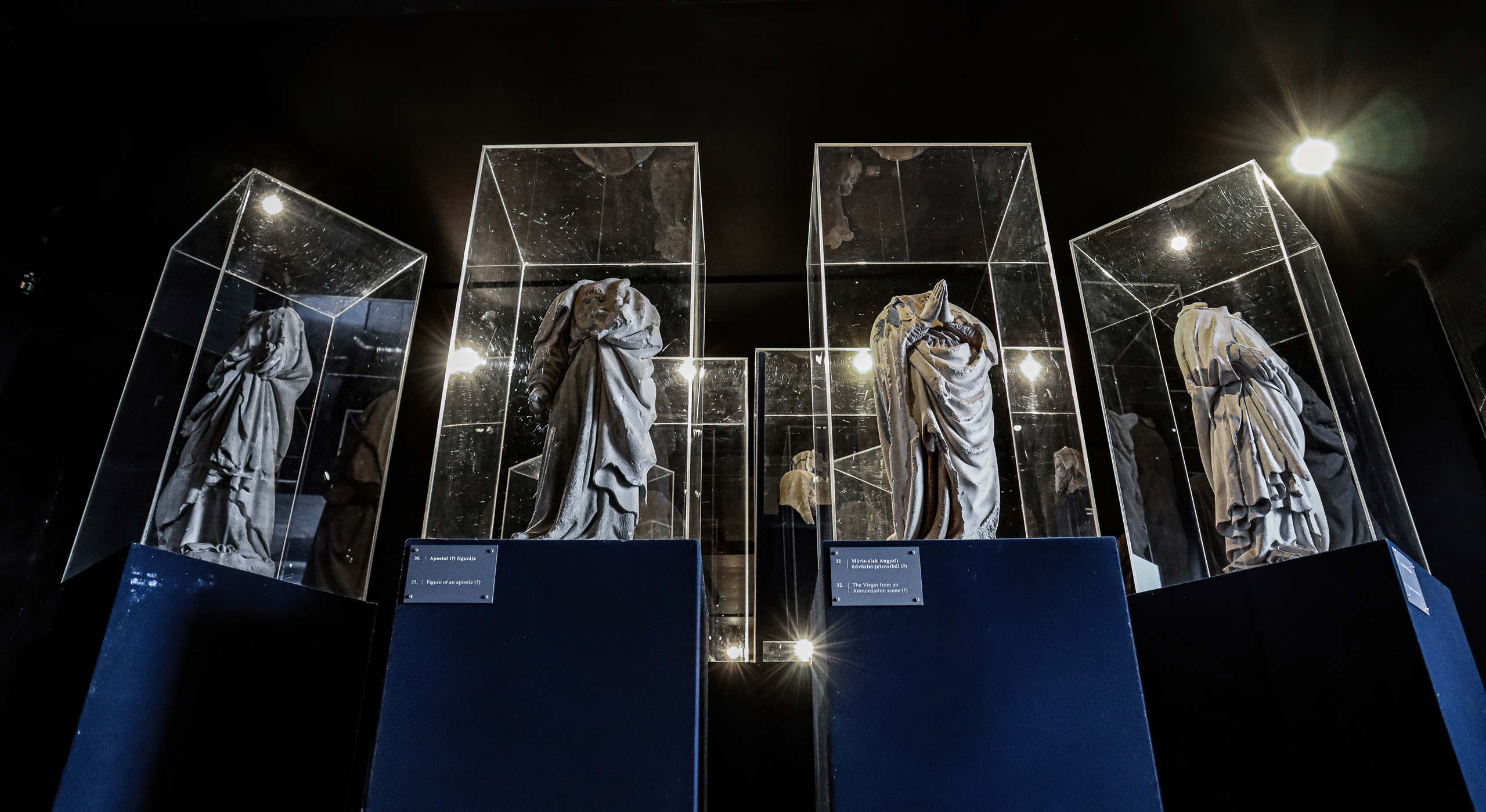
The Buda sculptures are of exceptional artistic value, their masters not simply copied the usual forms of representation of the time, but developped new artistic solutions. The origins of their art can be found in the style developed by the sculptors of the French royal court at the end of the 14th century. King Sigismund of Luxembourg (1387-1437), one of the greatest architects of the medieval royal palace of Buda, created a complex of buildings in the first quarter of the 1400s that rivalled the royal residences of Europe of the period. The imposing buildings he erected were a fitting setting for the statues.
